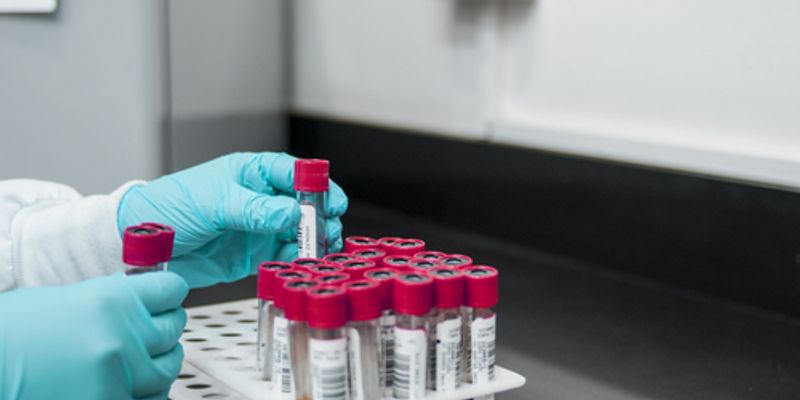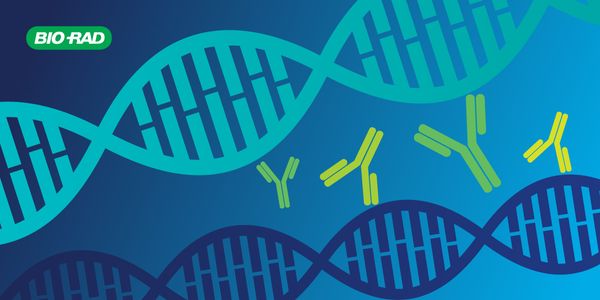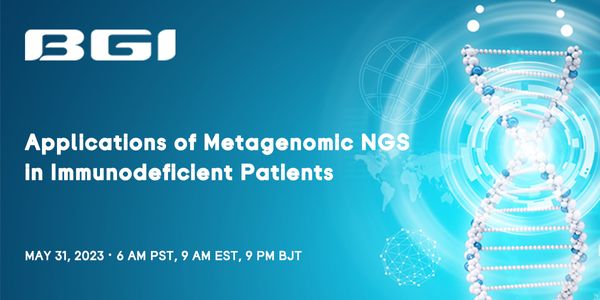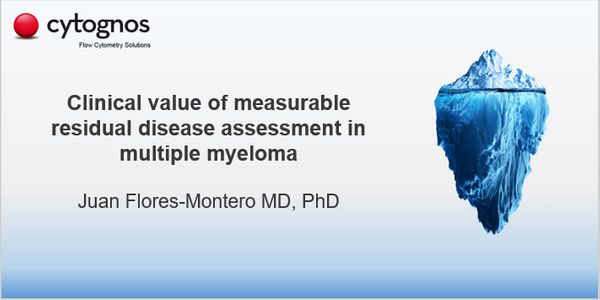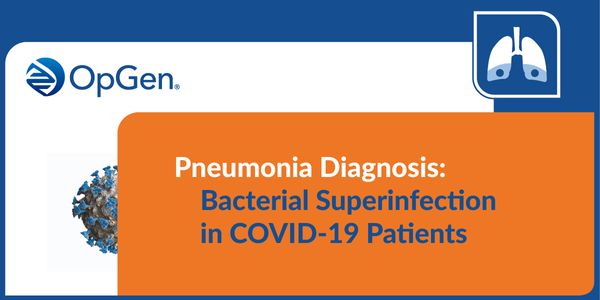Hematological Diagnosis
Hematological diagnosis is used to identify disorders that affect the blood such as anemia, HIV, and sickle cell disease. Diagnosing hematological disorders typically includes a physical exam, medical history, and complete blood count. The complete blood count identifies the numbers of red blood cells, white blood cells, platelets, and hemoglobin levels and doctors look for abnormal levels of one of more blood cell type.
-
FEB 25, 2025 | 1:00 PMQuality efforts in the clinical laboratory are always under the microscope- a hyper-focus for laboratorians from start to finish. Recognizing the external factors that affect hemostasis test...Speaker: Rae Kerlin, BS, MLS (ASCP), NCAEvery area of the laboratory has specific issues with pre-analytical errors causing unreadable or false results on samples, from mislabeling to samples being forgotten on the floors to drawi...Speaker: Sean T Campbell, PhD
Pathology Perspective: Discover the critical need for genomic testing in cancer and explore the differences between traditional tissue biopsies and liquid genomic profiling. We'll dive i...
Speaker:
Dr. Shuko Harada
, Dr. Aakash Desai, MBBS, MPH
Presented at: Precision Medicine in Solid Tumors
NOV 14, 2023 | 10:00 AM
C.E. CREDITS
Assessment for anti-dsDNA antibodies provides some of the most significant challenges in autoantibody serology testing. Anti-dsDNA antibodies are an important biomarker for systemic lupus er...
MAY 31, 2023 | 6:00 AM
C.E. CREDITS
Although metagenomic next-generation sequencing (mNGS) is increasingly used in clinical microbiological diagnosis, especially for rare or complicated infectious diseases, the applications of...
APR 28, 2023 | 12:00 AM
C.E. CREDITS
Heparin-Induced Thrombocytopenia (HIT): Practical Aspects of Clinical and Laboratory Diagnosis Heparin-Induced Thrombocytopenia (HIT) is a life-threatening complication following heparin exp...
Speaker:
Jerrold Levy. MD, FAHA, FCCM
APR 24, 2023 | 12:00 AM
C.E. CREDITS
Coagulation tests are useful in the diagnosis and management of bleeding or thrombotic disorders. The majority of hospital and reference laboratories perform routine coagulation testing such...
Speaker:
Santosh Kadel, DCLS, MS, CC(NRCC), MLS(ASCP)CM
FEB 22, 2023 | 1:00 PM
Heparin-Induced Thrombocytopenia (HIT) is a life-threatening complication following heparin exposure. This webinar presentation will discuss the pathogenesis, incidence, clinical...
Speaker:
Long Zheng, MD, PhD
NOV 30, 2022 | 11:00 AM
Date: November 30 Time: 11:00am (PDT), 2:00pm (EDT), Kidney function is assessed in the laboratory by measuring serum creatinine (Cr) and/or......
OCT 13, 2022 | 1:00 PM
The diagnosis of venous thromboembolism (VTE) is challenging during pregnancy. Pregnant women often present with symptoms compatible with VTE. The use of conventional diagnostic algorithms is...
Speaker:
Grégoire Le Gal, MD, PhD
SEP 07, 2022 | 1:00 PM
Getting It Right: Preanalytical Impact on Coagulation Results Using a Case Study Approach According to published literature, up to 65% of errors occur in the preanalytical phase of laborator...
Speaker:
Michael Gulseth, Pharm.D., BCPS, FMSHP, FASHP
According to published literature, up to 65% of errors occur in the preanalytical phase of laboratory testing, and coagulation assays are particularly sensitive to preanalytical issues......
Speaker:
Donna Castellone, MS, MASCP, MT(ASCP) SH
APR 25, 2022 | 12:00 AM
The Patient is Bleeding: Balancing Clinical and Laboratory Needs Coagulopathy in the bleeding surgical patient can get worse by the second! One of the real-world operational challenges......
Speaker:
Oksana Volod, MD
The COVID-19 pandemic has taken a dramatic toll worldwide. Its impact possibly has been the most palpable amongst uniquely vulnerable groups of patients, such as patients with a cancer diagn...
Perhaps more than any other area of clinical medicine, anticoagulation management laboratory data are evaluated hourly by healthcare systems in the inpatient setting and daily in the outpatie...
Speaker:
James Groce, Pharm.D., CACP
NOV 30, 2021 | 11:00 AM
Date: November 30, 2021 Time: 11:00am (PDT), 2:00pm (EDT) In the recent years, measurable residual disease (MRD) assessment on multiple myeloma patients has gained increasing relevance. After...
Diagnosis, prognostication, and monitoring of child health relies on laboratory testing, including but not limited to key markers of thyroid, hepatic, cardiac, hematology, and renal function...
Speaker:
Mary Kathryn Bohn
OCT 26, 2021 | 9:00 AM
Date: October 26, 2021 Time: 9:00am (PDT), 12:00pm (EDT) Capillary Electrophoresis plays an important role in the diagnosis of hemoglobinopathy carriers and patients. The general flow is the...
JUL 29, 2021 | 10:00 AM
Date: July 29, 2021 Time: 10:00am (PDT), 1:00pm (EDT) Experts are predicting an increase in influenza cases and a constant presence of SARS-CoV-2 in the shortly approaching influenza season....
Lupus anticoagulants and antiphospholipid syndrome: Resolving confusion, providing new guideline updates...
Speaker:
Thomas Ortel, MD, PhD
ASH Anticoagulation Guidelines in Patients with COVID-19: A moving target The American Society of Hematology (ASH) published in February 2021 “Anticoagulation Guidelines in Patients wi...
